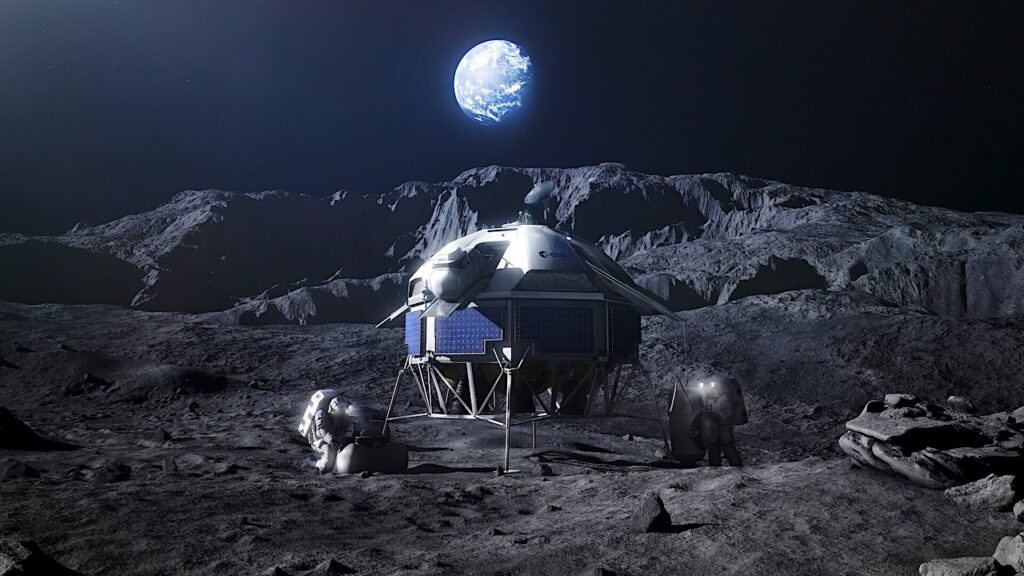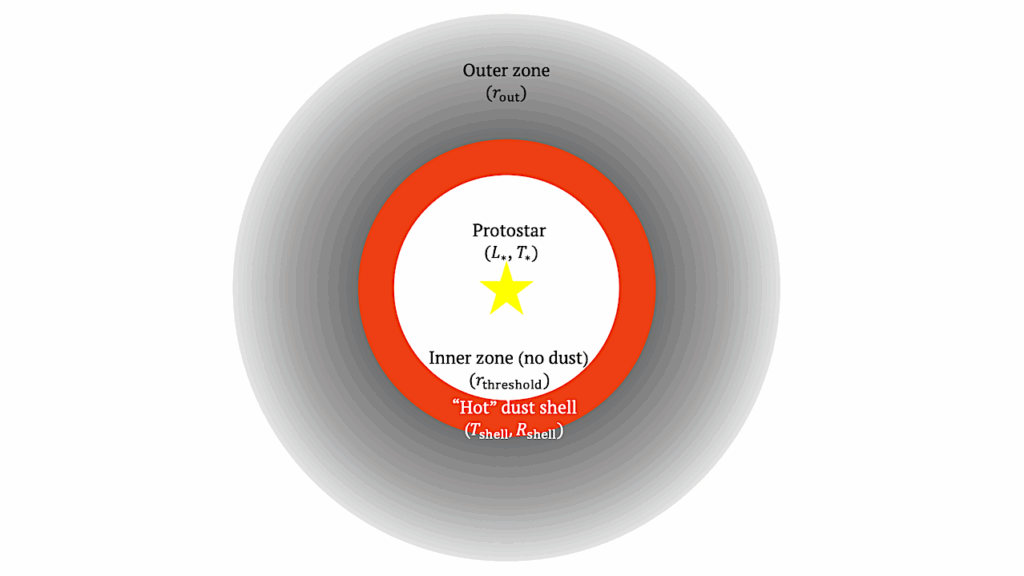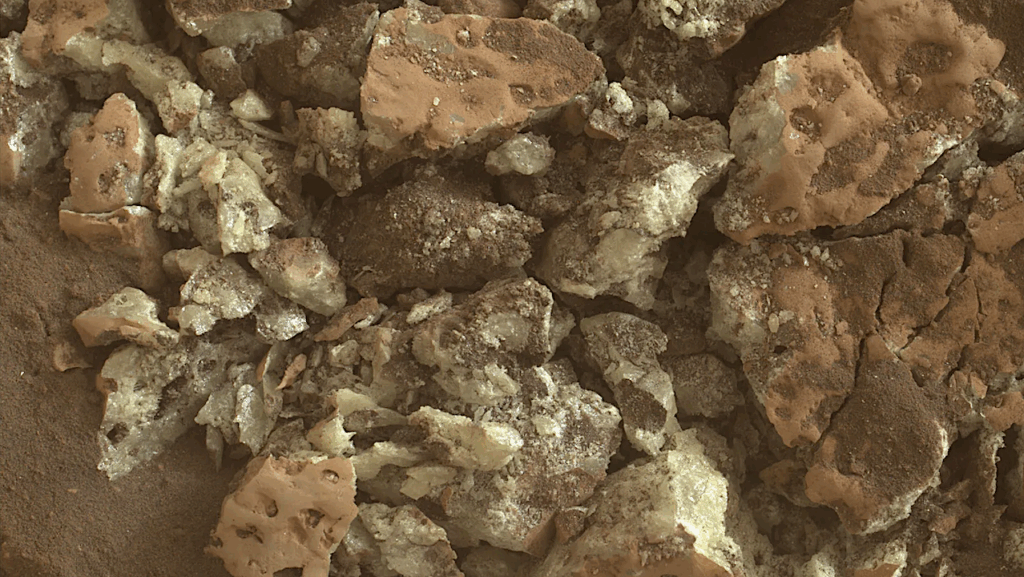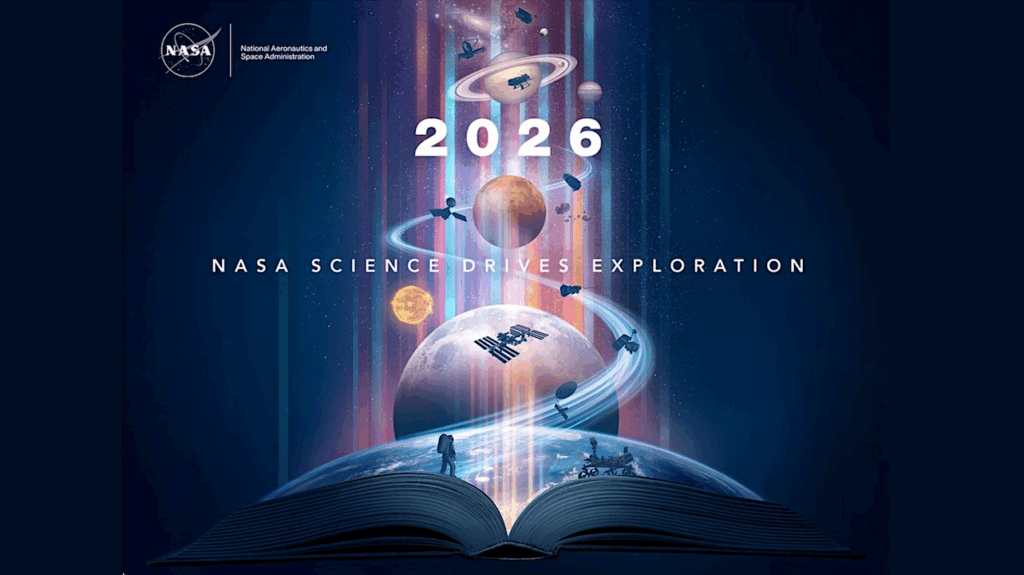JWST Reveals Excess Cool Water Near The Snowline In Compact Disks, Consistent With Pebble Drift

Previous analyses of mid-infrared water spectra from young protoplanetary disks observed with the Spitzer-IRS found an anti-correlation between water luminosity and the millimeter dust disk radius observed with ALMA.
This trend was suggested to be evidence for a fundamental process of inner disk water enrichment, used to explain properties of the Solar System 40 years ago, in which icy pebbles drift inward from the outer disk and sublimate after crossing the snowline. Previous analyses of IRS water spectra, however, were very uncertain due to the low spectral resolution that blended lines together.
We present new JWST-MIRI spectra of four disks, two compact and two large with multiple radial gaps, selected to test the scenario that water vapor inside the snowline is regulated by pebble drift. The higher spectral resolving power of MIRI-MRS now yields water spectra that separate individual lines, tracing upper level energies from 900 K to 10,000 K.
These spectra clearly reveal excess emission in the low-energy lines in compact disks, compared to the large disks, establishing the presence of a cooler component with T≈ 170-400 K and equivalent emitting radius Req≈ 1-10 au.
We interpret the cool water emission as ice sublimation and vapor diffusion near the snowline, suggesting that there is indeed a higher inwards mass flux of icy pebbles in compact disks. Observation of this process opens up multiple exciting prospects to study planet formation chemistry in inner disks with JWST.
Andrea Banzatti, Klaus M. Pontoppidan, John Carr, Evan Jellison, Ilaria Pascucci, Joan Najita, Carlos E. Munoz-Romero, Karin I. Oberg, Anusha Kalyaan, Paola Pinilla, Sebastiaan Krijt, Feng Long, Michiel Lambrechts, Giovanni Rosotti, Gregory J. Herczeg, Colette Salyk, Ke Zhang, Nick Ballering, Michael R. Meyer, Simon Bruderer, the JDISCS collaboration
Comments: Posted as submitted to ApJ Letters; feedback and input from the community is welcome
Subjects: Earth and Planetary Astrophysics (astro-ph.EP)
Cite as: arXiv:2307.03846 [astro-ph.EP] (or arXiv:2307.03846v1 [astro-ph.EP] for this version)
https://doi.org/10.48550/arXiv.2307.03846
Focus to learn more
Submission history
From: Andrea Banzatti Dr.
[v1] Fri, 7 Jul 2023 21:35:45 UTC (7,979 KB)
https://arxiv.org/abs/2307.03846
Astrobiology, Astrochemistry








